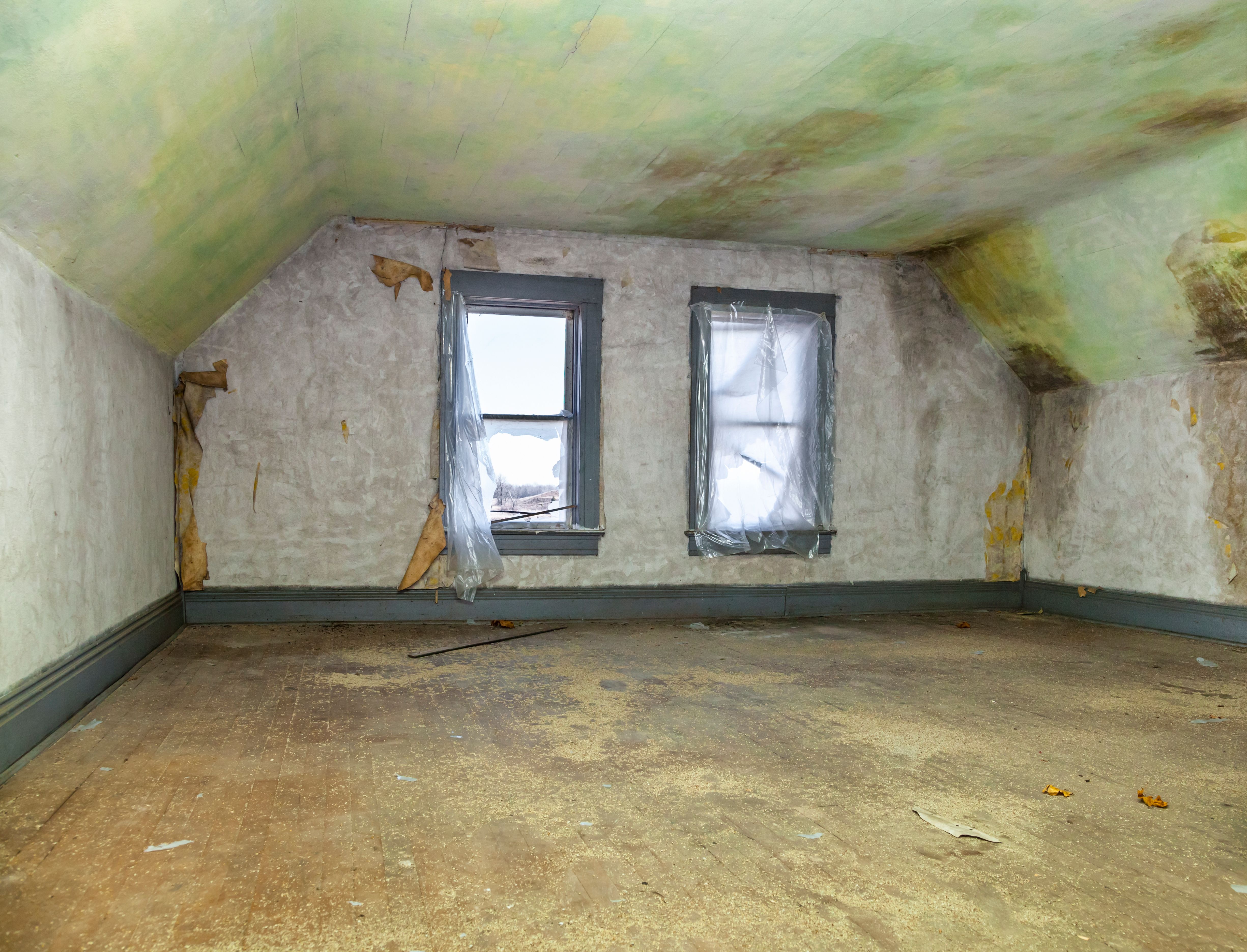Understanding the Importance of Roof Ventilation for Your Home
The Basics of Roof Ventilation
Roof ventilation is a crucial aspect of home construction and maintenance that is often overlooked. It involves creating a system that allows air to flow through the attic, preventing excess heat and moisture from building up. Proper ventilation helps protect your home from a variety of issues that could compromise its structural integrity and your comfort.
The primary function of roof ventilation is to regulate temperature and moisture levels in the attic. This is achieved through a combination of intake and exhaust vents that facilitate airflow. Without this system, your home could experience problems such as mold growth, increased energy costs, and premature roof deterioration.

Why Roof Ventilation Matters
One of the most significant benefits of roof ventilation is its ability to extend the lifespan of your roof. Excessive heat and moisture can cause roofing materials to degrade faster, leading to costly repairs or replacements. By allowing air to circulate, ventilation helps keep these elements in check, ensuring your roof remains in good condition for years to come.
Another crucial aspect of roof ventilation is its impact on energy efficiency. During the summer months, attics can become extremely hot, causing your air conditioning system to work harder to cool the home. Proper ventilation helps expel that hot air, reducing the load on your cooling system and potentially lowering your energy bills.
Preventing Moisture-Related Issues
Moisture accumulation in the attic can lead to a host of problems, including mold growth and wood rot. These issues not only compromise the structural integrity of your home but can also pose health risks to you and your family. By ensuring adequate roof ventilation, you can significantly reduce the chances of moisture-related problems.

Types of Roof Ventilation Systems
There are several types of roof ventilation systems available, each with its own set of benefits. The most common systems include ridge vents, soffit vents, and gable vents. Ridge vents are installed along the peak of a roof and are effective in providing continuous airflow. Soffit vents are located under the eaves of the roof and help draw cooler air into the attic.
Gable vents are installed on the exterior walls near the roofline and serve as both intake and exhaust vents. Choosing the right combination of these systems depends on various factors, including your home's design and climate conditions.

Maintaining Your Roof Ventilation System
To ensure your roof ventilation system continues to function effectively, regular maintenance is necessary. This includes checking for blockages in the vents, ensuring insulation does not obstruct airflow, and repairing any damage promptly. By keeping your system in good condition, you can enjoy the benefits of improved air circulation and a healthier home environment.
In conclusion, understanding the importance of roof ventilation is essential for any homeowner. By investing in a proper ventilation system, you can protect your home from damage, enhance energy efficiency, and create a more comfortable living space. Don't overlook this critical component of home maintenance—your roof will thank you for it!
